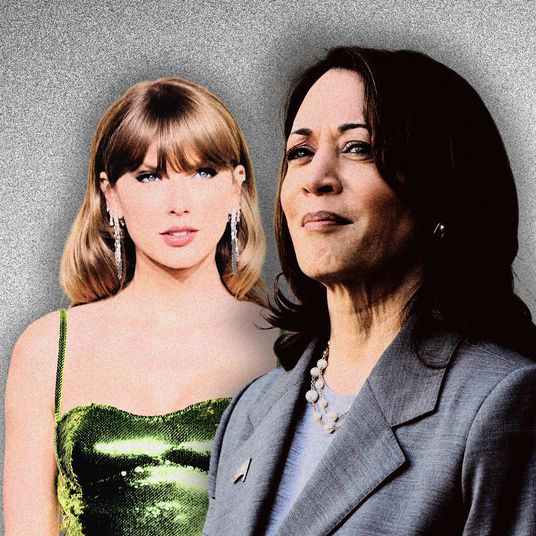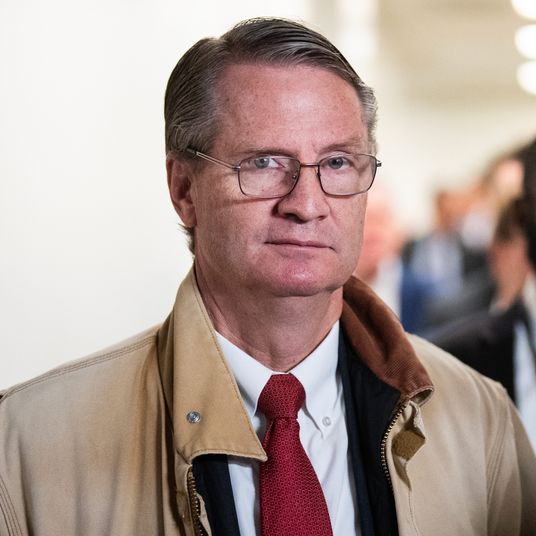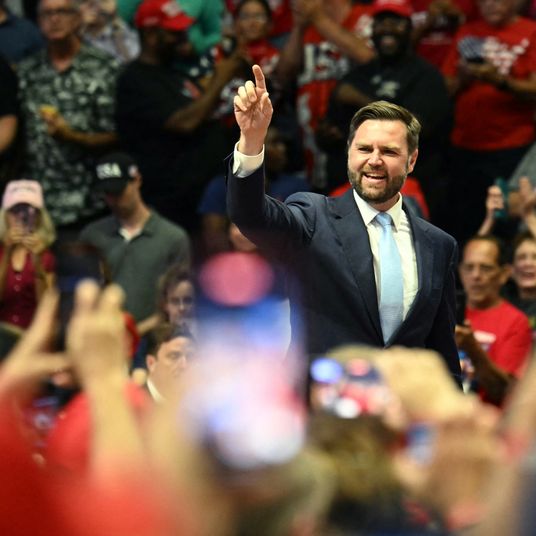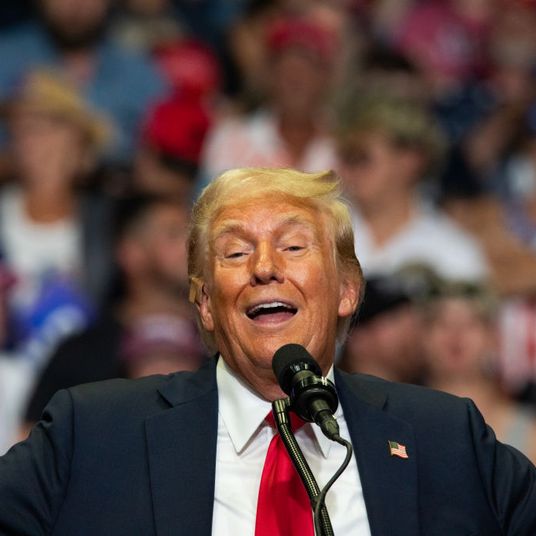
New York’s status as the “Mecca” of basketball can be summed up in three monuments — all located off of the B train between midtown Manhattan and downtown Brooklyn. On the north end is Madison Square Garden, home to the Knicks, who haven’t been to an NBA Finals since 1999 and may be the most chronically mismanaged NBA franchise of the last 20 years. On the south end is Barclays Center, where the Nets relocated from New Jersey in 2012. Last season, the Nets spent 48 percent more money than the Knicks to sell 1,000 fewer tickets per game, get swept out of the playoffs, and see their star player, Kevin Durant, reportedly ask to be traded. And in the middle is “The Cage,” the cube-shaped playground at West 3rd Street and Sixth Avenue. Players flock from across the city to take advantage of the foot traffic and paid tournaments, making it arguably the most popular sports venue in Lower Manhattan.
If the ends of this corridor are shrines to billionaires run amok, The Cage exemplifies what makes New York basketball pure and often great: a city that is home to more than 500 public courts, hordes of discerning fans, and a pool of local talent eager to put on a show.
The documentary NYC Point Gods, premiering today on Showtime, takes this talent pool as its subject, focusing specifically on point guards — basketball’s main ball-handlers — from four of the five boroughs. (Staten Island is conspicuously not represented.) Director Sam Eliad and his executive producers, who include Durant and his manager, Rich Kleiman, have assembled a murderers’ row of hoops aficionados to pay tribute to the generation of stars who came of age during the 1980s and 1990s, a time when empty crack-cocaine vials had to be swept off of playgrounds before games and gunfire was a regular soundtrack.
This environment bred a type of playmaker marked by toughness, skill, and showmanship. The pressure-cooker atmosphere of New York streetball meant foul calls were a no-no, so players had to get comfortable with being roughed up. The city’s tight quarters made tight ball-handling a must, and the sheer number of competitors drove players to stand out, giving youngsters a chance to build reputations that doubled as salvation. “Those are the guys we protected,” says rapper Fat Joe in the film.
They were also influential. Dwayne “Pearl” Washington from Brownsville was a one-man wrecking crew who put Syracuse University’s basketball program on the map. Harlemite God Shammgod’s signature (and eponymous) dribble move — pushing the ball forward with one hand, then yanking it back like a yo-yo with the other while changing the direction your body is traveling — is still a showstopper and has become a cornerstone of any skilled ball-handler’s toolkit. Rafer Alston’s journey from Jamaica, Queens, to the And1 Mixtape Tour and the NBA remains the archetype for how pro ball and streetball cross-pollinated in the early aughts, when basketball cemented its status as the athletic expression of hip-hop. Both forms rewarded confidence, an agile mind, and a knack for improvisation. And both were indebted to the demands of the urban landscape, where a surfeit of concrete and a deficit of breathing room turned quickness — quick words, quick wits, quick hands — into currency.
If you were watching basketball at the time, New York felt like the bright center of the universe. It not only had a pipeline of position players whose style was so recognizable that opponents could guess where they came from on sight, but the NBA’s premier arena in the Garden, where even non-Knicks like Michael Jordan (55 points) and Reggie Miller (eight points in nine seconds) played some of their best games. But if Eliad’s goal is celebration, his film doubles as an accidental elegy. The unavoidable subtext is that the subjects of these loving profiles are almost all balding or gray around the temples, and without their credentials listed in the chyrons, you might mistake them for any other townies in letterman jackets reminiscing about the glory days. Even the film’s visual language, down to the fact that so many of these players’ exploits are preserved in blurry VHS footage, is drenched in age and nostalgia.
So what knocked New York off of its axis and hurled it into orbit with the rest of us? There’s no single clear answer — the film doesn’t entertain the question — but the Knicks’ troubles are an obvious candidate. The demoralizing effect the team’s parade of screwups since 1999 have had on New York basketball fans — from countless ill-advised trades and a revolving door of head coaches to the calamitous tenure of Isiah Thomas as head of basketball operations and plenty of plain old bad luck — has taken its toll. The whiplash-inducing speed with which Julius Randle went from franchise savior in 2021 (“I want to retire as a New York Knick,” he said at the time) to scorned scapegoat the next January (he was telling Knicks fans to “shut the fuck up” after they booed him) captures how fed up everyone is.
Meanwhile, it took the Brooklyn Nets less than ten years to attract the ire that the Knicks had earned over decades. The seemingly championship-bound superstar trio of Durant, Kyrie Irving, and James Harden ended up playing just 16 games together. Harden was traded to Philadelphia; Irving refused to get vaccinated for COVID-19, forcing him to miss much of last season. Durant’s motivations are still opaque, but his looming departure would cap the most disappointing run in recent NBA history. Your city can’t be the beating heart of a sport when your teams are dysfunctional messes that good players seem to hate playing for.
Another cause might be more fundamental, though. If the declining significance of New York’s pro-basketball arenas owes a lot to the failures of the Knicks and Nets, the fact that New York–bred guards are no longer as envied or imitated as they once were probably owes something to how the game has changed. It gives me no pleasure, as a Lakers fan, to admit that the best show in basketball for the last eight years has been in the San Francisco Bay Area, where Steph Curry and the Golden State Warriors have pulled the game’s center of gravity out to the three-point line. Since the early 1980s, NBA teams have been taking a steadily rising percentage of shots from the perimeter, from 3.1 percent in the 1979–80 season to 35.9 percent in 2018–19. Easily the sharpest uptick has happened since Curry became the centerpiece of the Warriors’ roster, leading the team to four championships while becoming the league’s three-point record holder.
His success changed how NBA teams played. Many started trying to play like the Warriors. (None really succeeded.) New expectations took hold for what a valuable player should look like. In the past, you could specialize. Now more than ever, you were a liability if you weren’t a little bit of everything to everybody, a rangy lockdown defender who rained fire from downtown. New York points guards have traditionally been none of these things. The film’s interviewees admit that they aren’t known for their shooting. (Blame those unforgiving NYC playground rims.) They’re often undersize — many of the players profiled are closer to five-foot-eleven than six-foot-six — which means that even if pickup basketball was known for cultivating strong defenders (it isn’t), their physical dimensions would limit them. What used to set them apart was their deft ball-handling. But even that has come to be expected of up-and-coming players, regardless of position, from point guard to power forward. Overall, the game seems to have taken what New York City guards had to teach it during the ’80s and ’90s and left them behind.
That’s not necessarily a bad thing. The subtext of NYC Point Gods may be that New York is no longer the center of the basketball universe, but that doesn’t mean the answer is to try getting it back there. Maybe it just means the basketball universe is starting to look more like its cosmic counterpart: There is no true center. Instead, there is abundance no matter where you look.






























